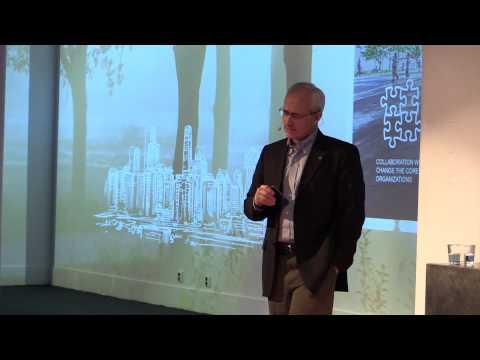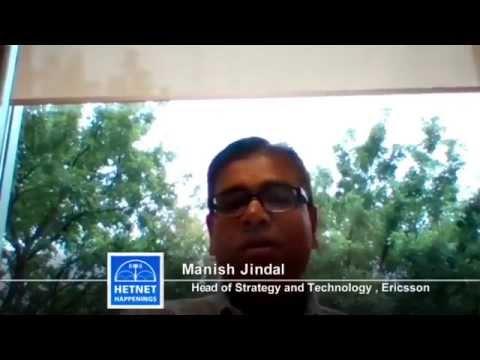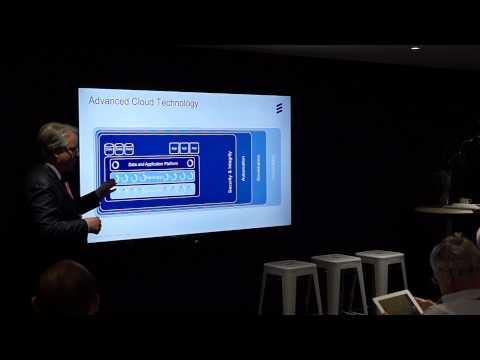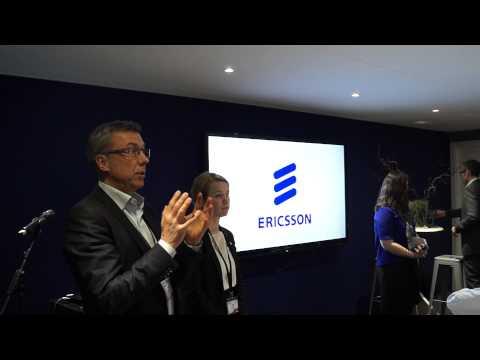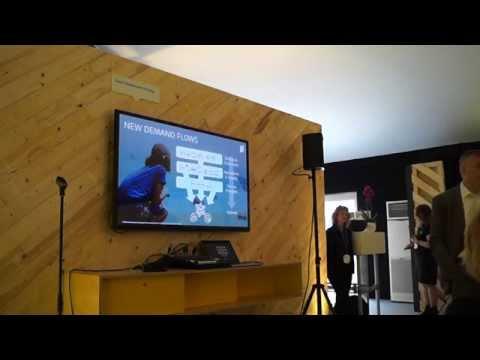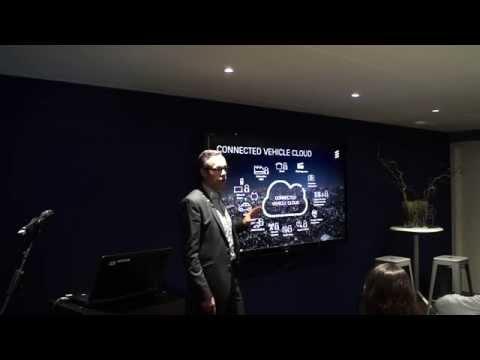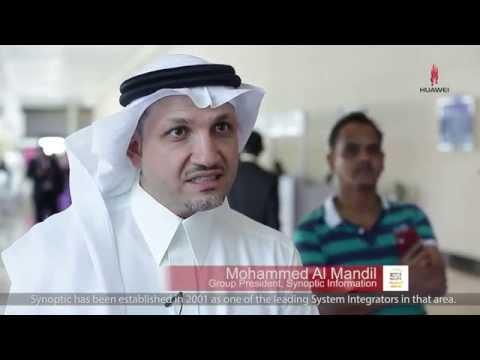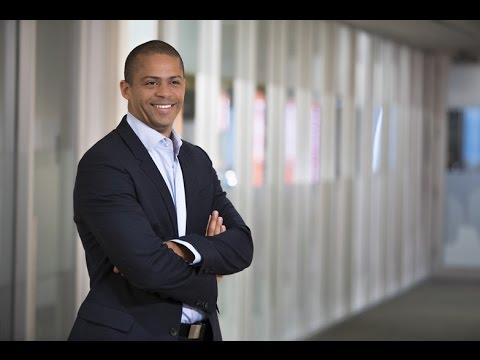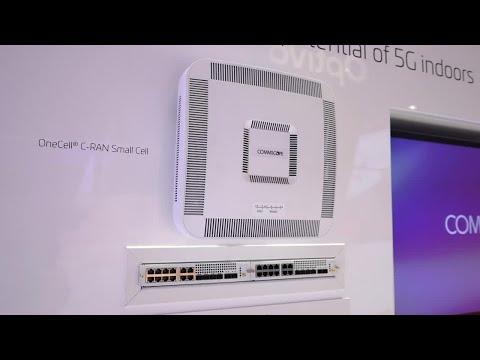Ericsson Strategy: IP, Cloud, BSS/OSS, TV/Media & IoT Networked Society
Description
Rima Qureshi, Chief Strategy Officer for Ericsson, provides Jeff Mucci from RCR Wireless News, with an update on Ericsson's 2015 strategy.
In addition to continued focus on Radio, Core, & Transportation products, Ericsson will focus on achieving market leadership in the following targeted areas:
- IP
- Cloud
- BSS/OSS
- Media & TV
- Industry and society
IP Networks update - Ericsson launched their own router 6000 series of products along with a virtual router product while formalizing a next generation strategic alliance with Cisco, whereby Ericsson will be reselling Cisco's IP Networking products to their installed base of customers while seeking to introduce their own RAN and Edge experience into Cisco's IP Network installed base of enterprise customers. Partnership provides foundation for 5G networks in the future.
Cloud update - At Mobile World Congress 2015, Ericsson expanded its Ericsson Cloud System with the launch of the Ericsson HDS 8000 (Hyperscale Datacenter System), built on Intel® Rack Scale Architecture, Ericsson Secure Cloud Storage and Ericsson Continuum ® capable of delivering a policy driven platform for hybrid cloud. In 2014, Ericsson acquired a majority share of Apcera, the creator of Continuum(TM), an IT platform-as-a-service that enables enterprises to securely and transparently control the allocation and consumption of IT resources on premise and in the cloud.
Additionally, Ericsson continued its partnership with Mirantis, an openstack production deployment software platform while integrating Guardtime's Keyless Signature Infrastructure (KSI) big data security offering into Ericsson's cloud offering.
Starting with their installed base of customers, Ericsson's objective is to carriers virtualize network functions while helping them monetize enterprise offerings. Carrier customers can buy the HDS 8000 for deployment in their own datacenter or utilize Ericsson's cloud platform as a service. SK Telecom is evaluating the HDS 8000 platform while collaborating with Ericsson to develop their own enterprise offering.
BSS/OSS update - Ericsson claims the number 1 position in the BSS/OSS market segment. Updates over the past year include displacing Amdocs as part of a T-Mobile billing solution upgrade. Ericsson's objective is to help carriers look at converged, agile, digital transformed solutions that enables differentiation. The biggest challenge for any operator is to make changes in days and hours without impacting existing operations.
TV & Media update - Ericsson recently announced that ATT TV will be using Ericsson's media room offering, which Ericsson acquired from Microsoft in Q32013, help ATT integrate best-in-class DIRECTV and U-verse technologies. BBC "Playout" had extended their agreement with Ericsson. In the future, Ericsson will continue to invest in both hardware and software video compression technologies. For example, Ericsson acquired Envivio, a video processing and delivery company, for USD$125 million to enable their customers to deploy new technologies and agile video processing to innovate new services.
Industry & Society IoT update - Ericsson released their annual mobility report; which estimates that there will be 27 billion connected devices by 2020. Ericsson announced earlier this year that Maersk had selected Ericsson's Maritime ICT cloud solution to track hundreds of thousands of containers worldwide. Ericsson's objective over the long term is drive efficiencies and adoption by leveraging horizontal platforms and services that clients can use across multiple vertical markets. For example, in Q32014, Ericsson expanded outside its traditional telecom roots into transport and utilities by acquiring, MetraTech Corp., a provider of metadata-based billing, commerce and settlement solutions.
Rima stated that role of the carrier in the future is dependent on the carrier's strategy of being a network developer, service enabler or service creator. Qureshi when on to say that 40% of carriers are network developers, 40% are service enablers and 20% are service creators.





